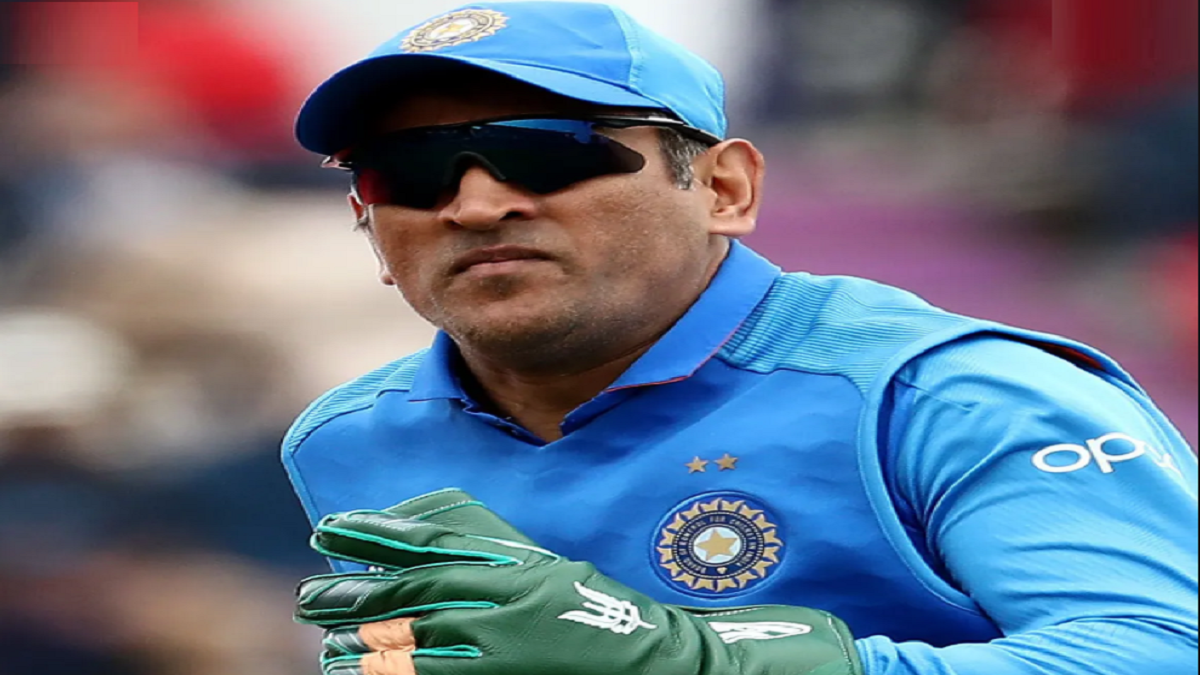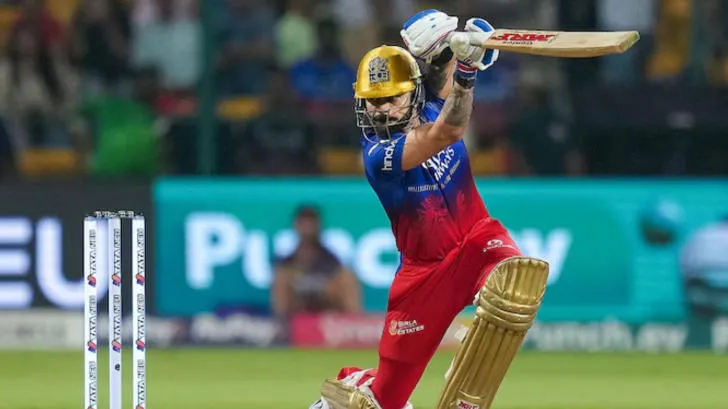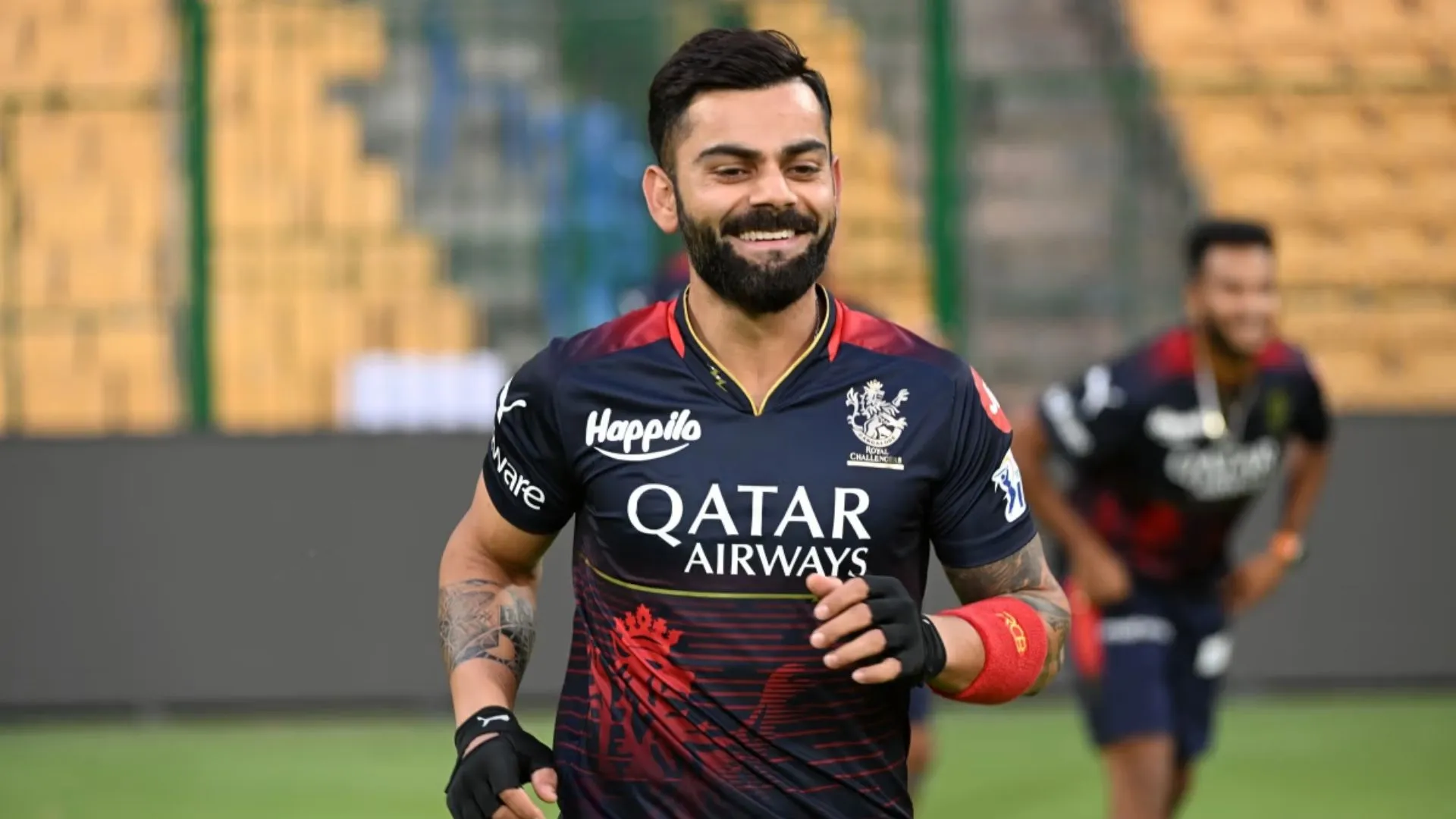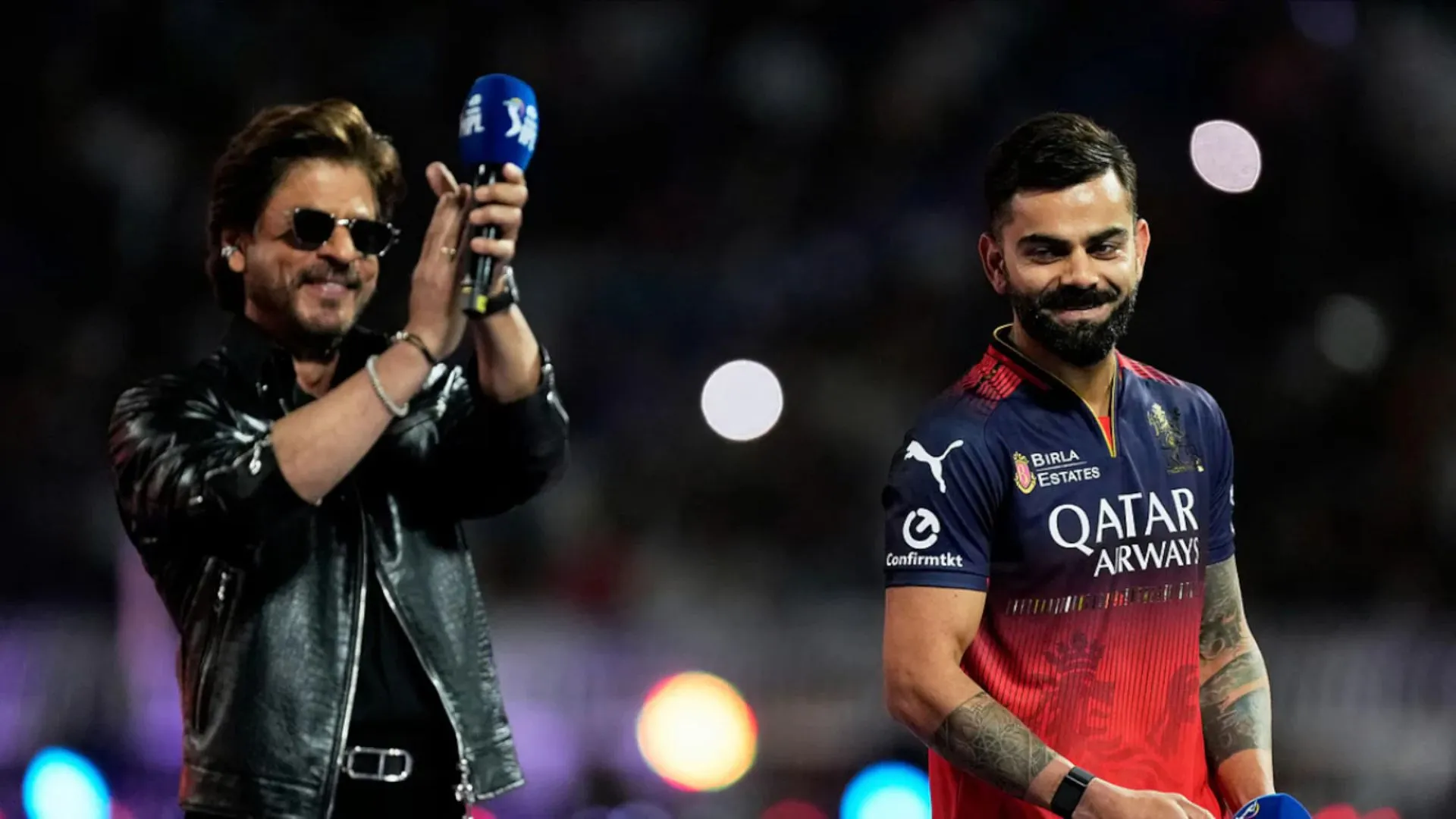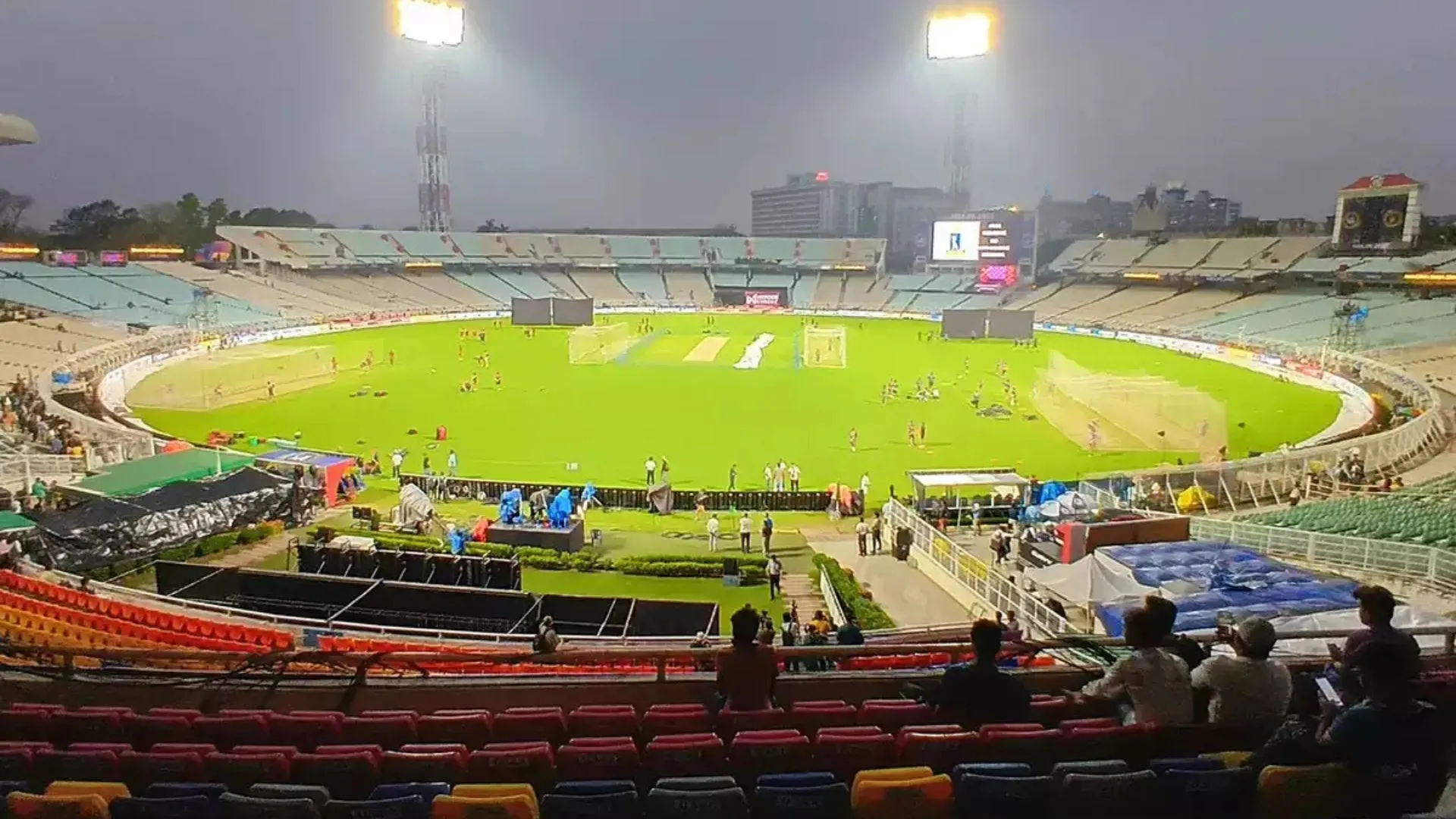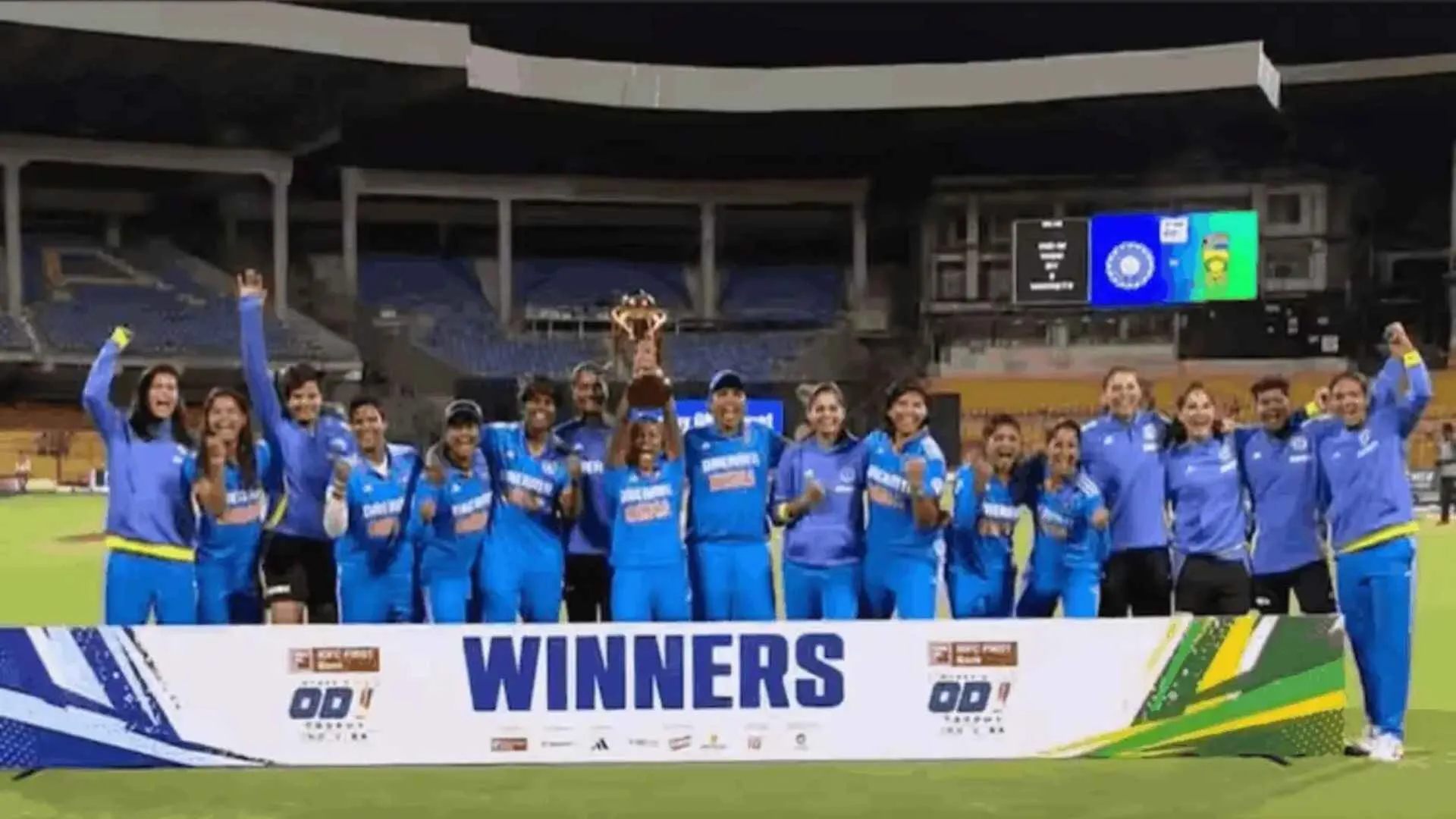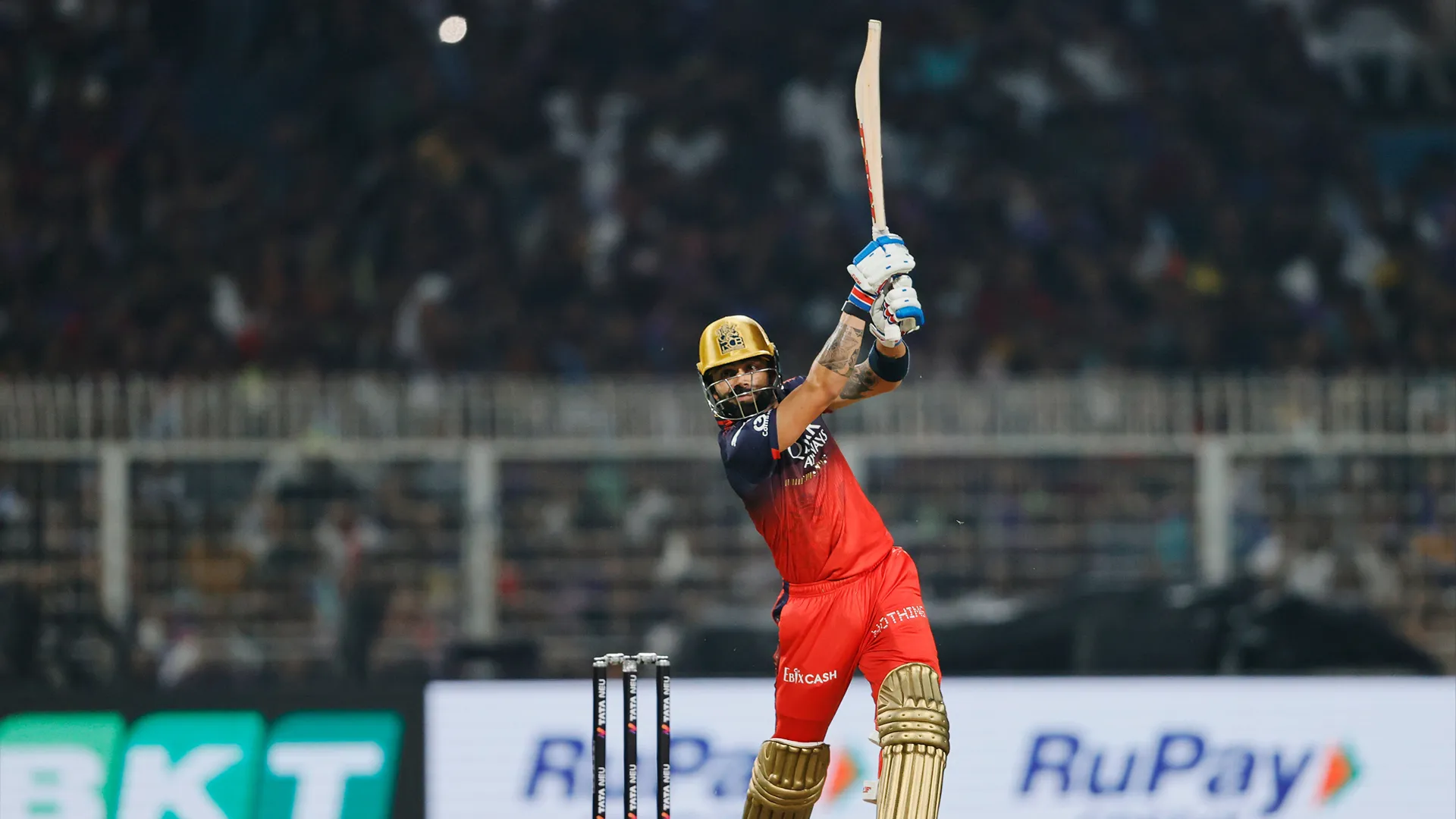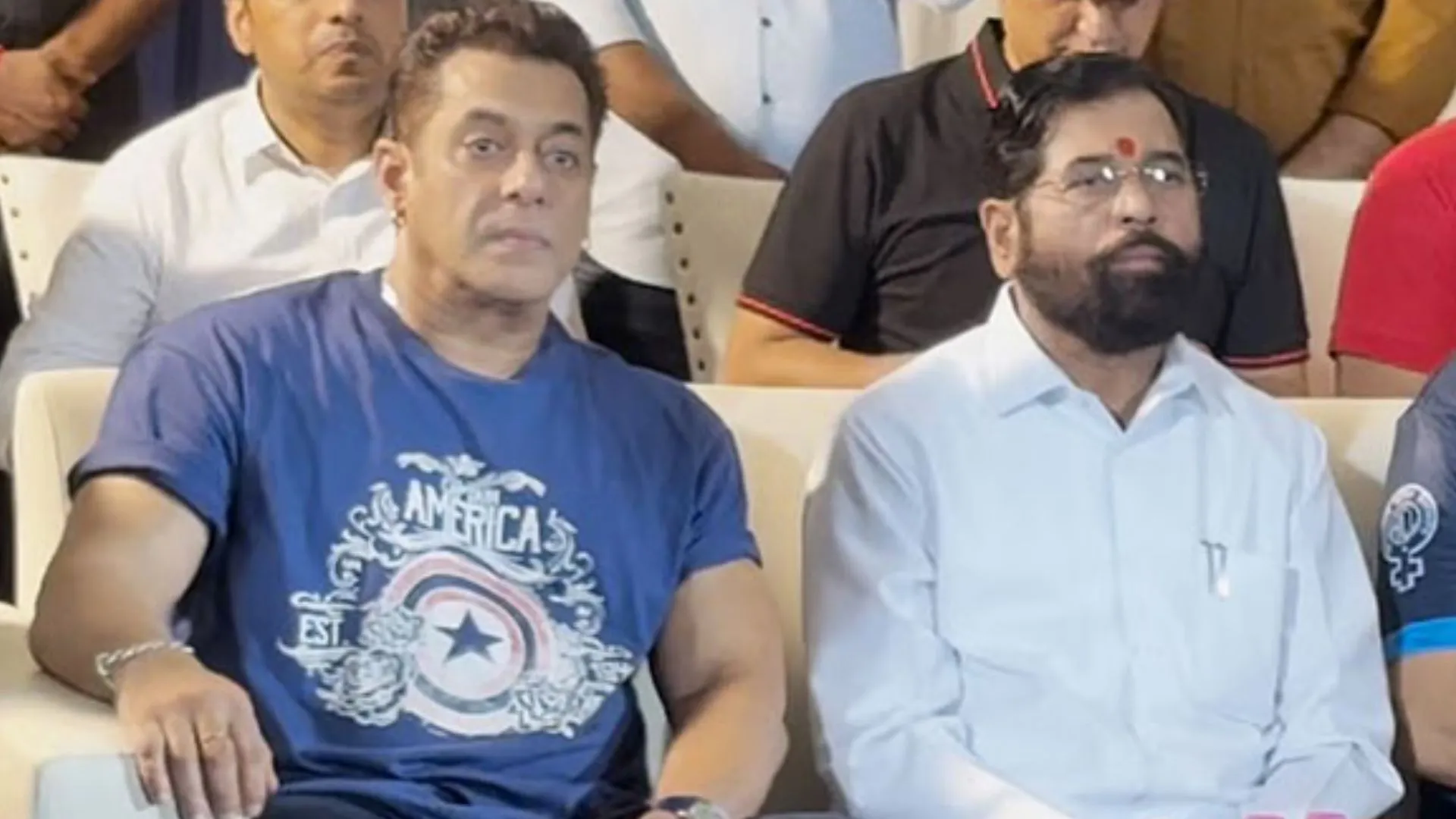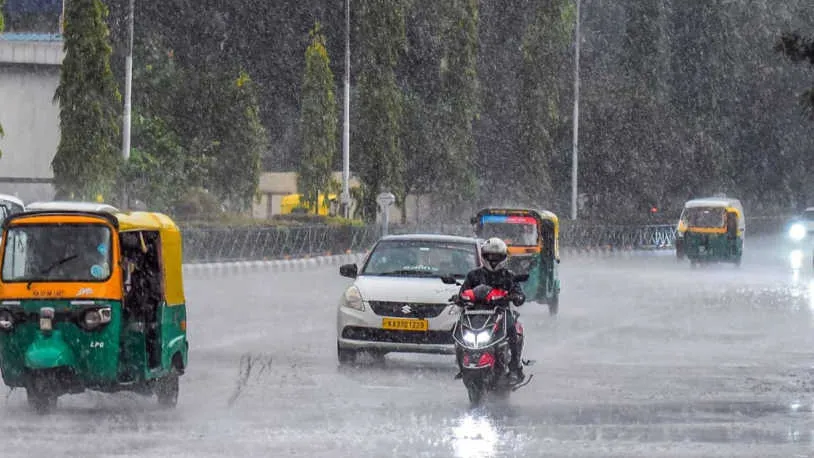It started with a run out on 23 December 2004 and ended the same way on 10 July 2019. But what happened between these two events is spectacular. Born in Ranchi on 7 July 1981, M.S. Dhoni climbed the ladder to become one of the most admired cricketers India has ever produced. His journey is one of guts, determination and defying the odds.
Over the years, India traditionally has had a few centres which have produced a bulk of the cricketers who have represented the country, like Mumbai, New Delhi, Kolkata, Bengaluru and Chennai. While there have been cricketers from smaller towns before, Dhoni was a once-in-a-generation cricketer who paved the way for aspiring cricketers from small towns to harbour dreams of playing for the country.
It must be noted that before Dhoni arrived on the scene, India must have tried close to a dozen wicketkeepers right from Vijay Dahiya, Sameer Dighe and Parthiv Patel with varying success. Very few of them had any lasting success and the position of wicketkeeper was perennially an issue for the national side. We looked at Adam Gilchrist, Andy Flower and Mark Boucher with envy and wondered when we would get a wicketkeeper who could be dependable with the bat. That question was answered on 5 April 2005 when MSD, sporting long hair and a stubble took the Pakistani bowlers to the cleaners. After pelting 15 fours and 4 sixes, everyone in the cricketing world knew that a genius had announced his arrival. A few months later, on 31 October 2005, MSD smashed an imperious 183 against Sri Lanka to prove that the 148 against Pakistan was no flash in the pan.
Early on in his career, though extremely destructive with the bat, MSD wasn’t yet the complete keeper. He worked on his keeping technique and by the end of his career, he was among one of the best, if not the best in the world. Just like his keeping technique, his batting style was also homespun and unique. At his peak, MSD was one of the best chasers in world cricket. He would astutely calculate the required run rate and modeled his game accordingly.
However, with time, his reflexes with the bat declined and he seemed to be taking more time to get settled in the middle. I believe that MSD could have achieved much more if he were promoted up the batting order where he could have time to get his eye in and control the innings.
There are certain people who suggest that MSD’s tenure as captain was not as challenging as that of his predecessors like Sourav Ganguly. Here, I humbly disagree with such naysayers. While India’s performance under MSD in overseas Test matches could have been better, his job as captain was to keep things moving smoothly when the stalwarts of Indian cricket retired. Even though the team had the services of greats like Sachin, Sourav, V.V.S. Laxman, Anil Kumble and Rahul Dravid when he took over the reins in 2007, it is testament to MSD’s man management skills and also the humility of the legends that they played under the young man from Ranchi without any clash of egos.
MSD is India’s relatable idol. He taught us that one can have one’s own unique style and still become successful, his deep connection with the armed forces shows his undying patriotism and his humility despite having achieved so much is a lesson for one and all. While I am sure we will miss MSD in Indian colours, I believe that he has great potential to be a mentor or possibly even coach the Indian cricket team in the coming future. His ability to nurture youngsters and mould their careers is something that Indian cricket will need. We will watch MSD for a few more years in CSK colours giving us the chance to say, “Mahi maar raha hai!”

